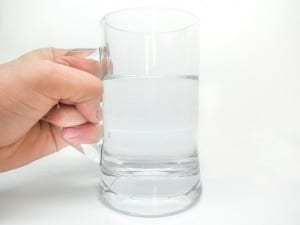 The IWA Manual on the Human Rights to Safe Drinking Water and Sanitation for Practitioners was launched at the IWA World Water Congress this week, in Brisbane, Australia.
The IWA Manual on the Human Rights to Safe Drinking Water and Sanitation for Practitioners was launched at the IWA World Water Congress this week, in Brisbane, Australia.
The Manual was developed by the IWA for practitioners, in order to explain what municipalities, service providers, and other sector professionals need to do in order to make the Human Rights to Water and Sanitation a Reality.
The Manual comes on the back of years of excellent analytical work of the JMP and GLAAS, which showed that while the world was definitely on track to meet the Millennium Development Goals target on water, there was really no difference to the lives of those who are the most disadvantaged, who are suffering poverty and discrimination in multiple areas of their lives due to corrupt practices, the a lack of transparency, discriminatory approaches, and the dreadful impact of deep inequalities on individuals and on society as a whole.
It became very clear that access to services through technology, hardware, or financing alone will not happen; solutions need to be grounded in economic, social and cultural contexts and realities. In order to make a difference and ensure universal access to water and sanitation, we need to examine who does not have access to these basic services and why.
Functionality is important, but it is even more important to ˜leave no-one behind’ and ensure that the most vulnerable, the very poor, people with disabilities and women with young children, gain access to services as quickly as those who occupy more powerful positions in society.
Catarina de Albuquerque, Executive Chair of Sanitation and Water for All (SWA), played an exceptional role as the driving force behind the recognition of the Human Rights to Water and Sanitation, and was awarded the IWA Global Water Award, which was presented to her at the Opening Ceremony of the IWA World Water Congress on Sunday 09 October 2016.
Get bottled water coolers and mains water coolers from Living-Water.





